We use cookies to make your experience better. To comply with the new e-Privacy directive, we need to ask for your consent to set the cookies. Learn more
The Equine Digestive System | Mouth and oesophagus
The equine digestive system: the mouth and oesophagus
The equine digestive system is unique. Horses are plant eaters who, unlike cows breakdown food at the start of the digestive system and use the entire intestine to absorb nutrients. Whereas a horses food gets digested further down the tract then absorbed. Food is digested first in the foregut (oesophagus, stomach and small intestine) using enzymes and secondly in the hindgut using fermentation. This impacts what and how much we should feed our horses.
Mouth
The entry point of the equine digestive system where the horse produces 20-80 litres of saliva a day. The horse grasps food using the lips, tongue and teeth. As the lips are very tactile it allows the horse to be very selective when eating. When food mixes with saliva it makes a moist bolus that can be easily swallowed.
The texture of what we feed to horses can greatly influence the rate of chewing and digestion. An average horse with normally take 60,000 jaw sweeps per day when grazing. This amount reduces significantly when confined to a stable and fed large amounts of grain. When horses chew fibrous food like hay or pasture it is a long jaw sweep action. This is why horses kept mainly on pasture rarely develop sharp teeth. Grains are consumed in a shorter sweep action which doesn’t extend past the outer edge of the teeth. When large amounts of grain are fed, horses chewing action will be changed and the teeth will not be worn evenly.
If teeth are not properly rasped then the rate of intake, chewing efficiency and appetite can be seriously affected. If food is not chewed well then it can lodge in the oesophagus and cause choking.
Oesophagus
This is a muscular tube about 1.5 metres long which takes food from the mouth to the stomach. As it is long and the horse has poor reflux capacity it is easy for large and incorrectly chewed pieces of food to get lodged. This is another reason to maintain horses teeth as it ensures their food is chewed well. The addition of chaff to a horses feed or a large stone into their feed tub will also slow them down and ensure better chewed food.
Part 2 : The Equine Digestive System | stomach and small intestine

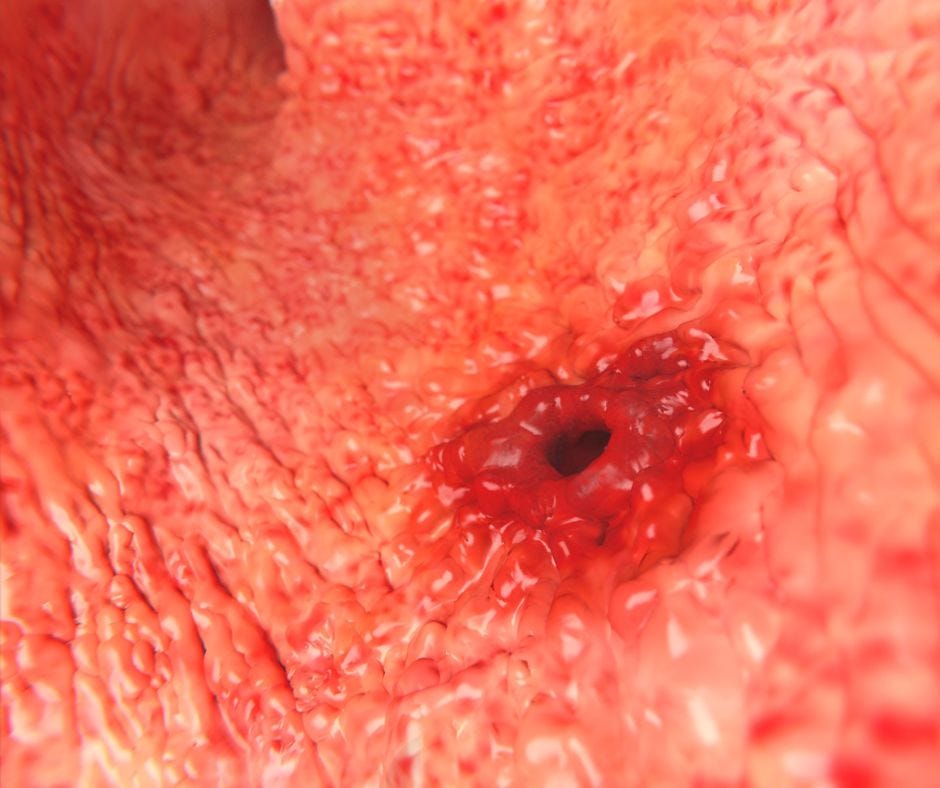
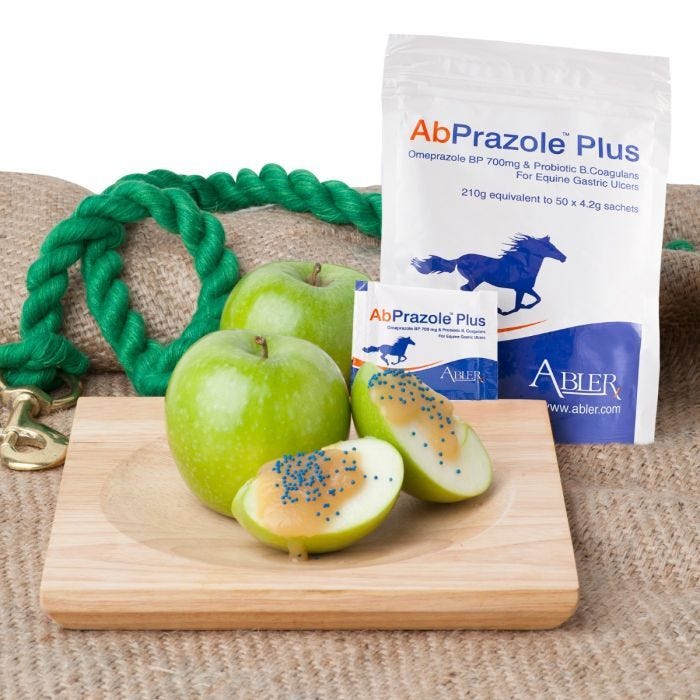
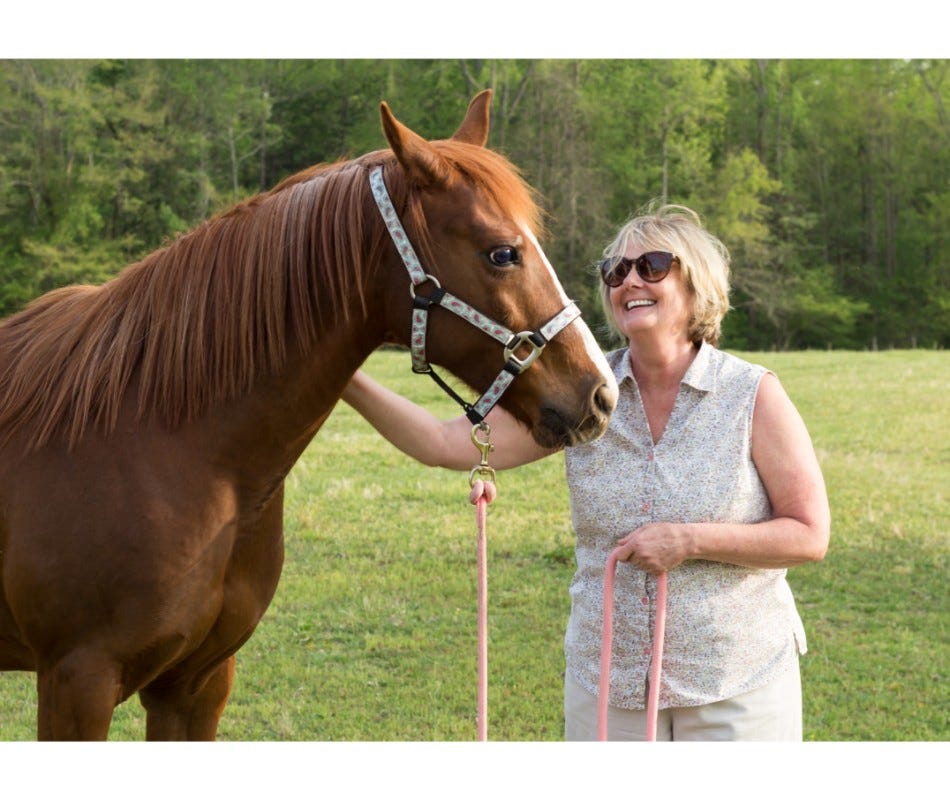
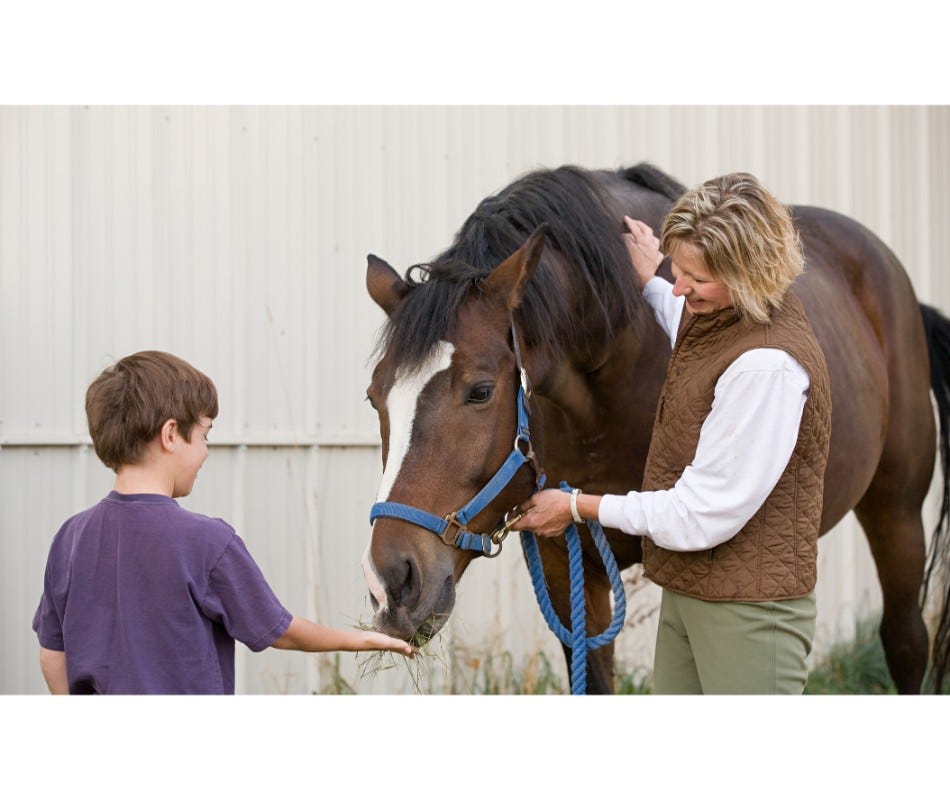
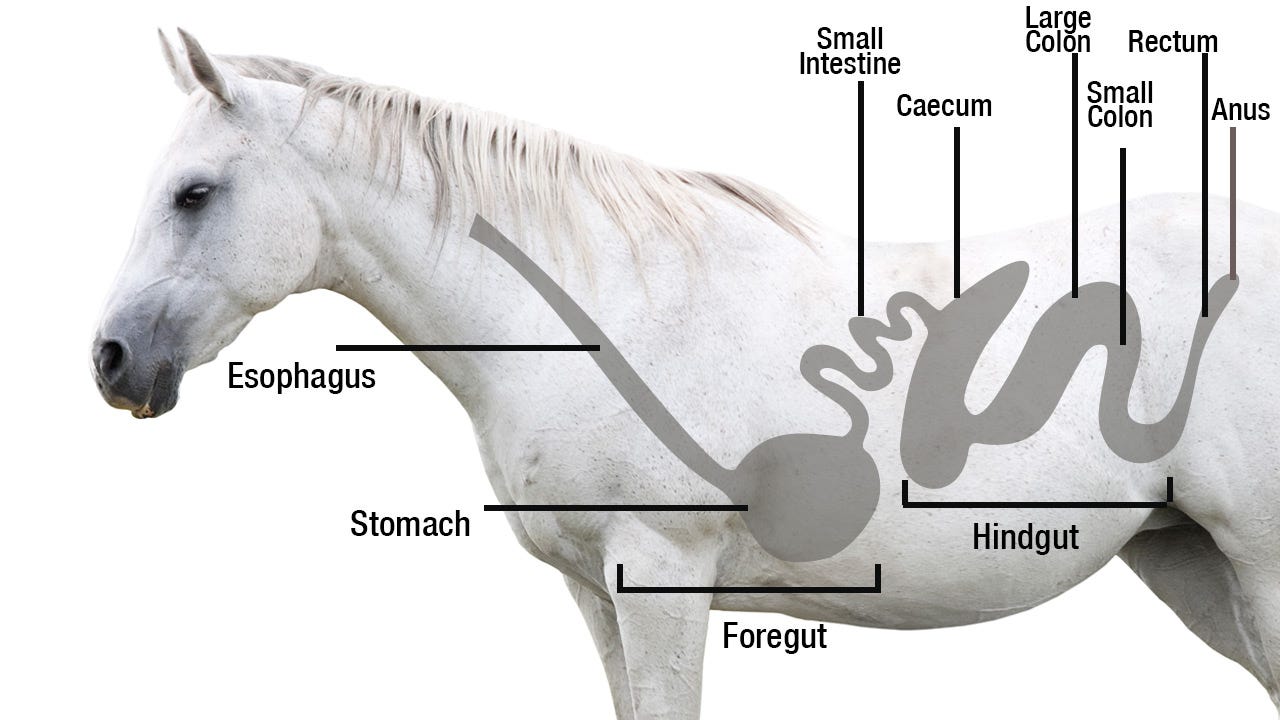
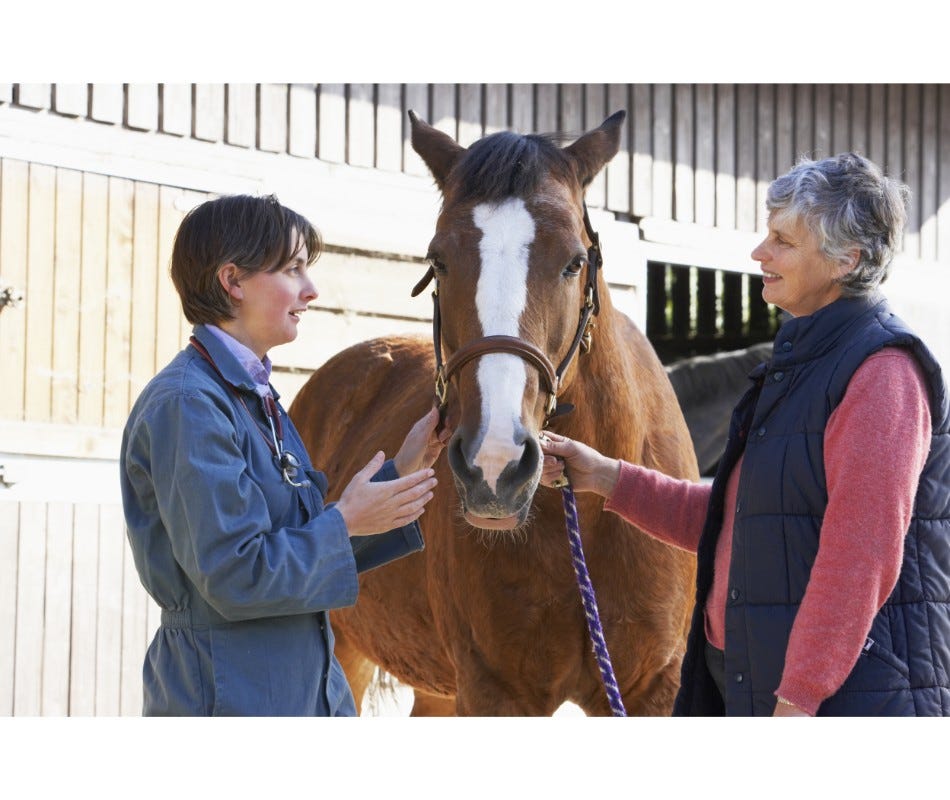
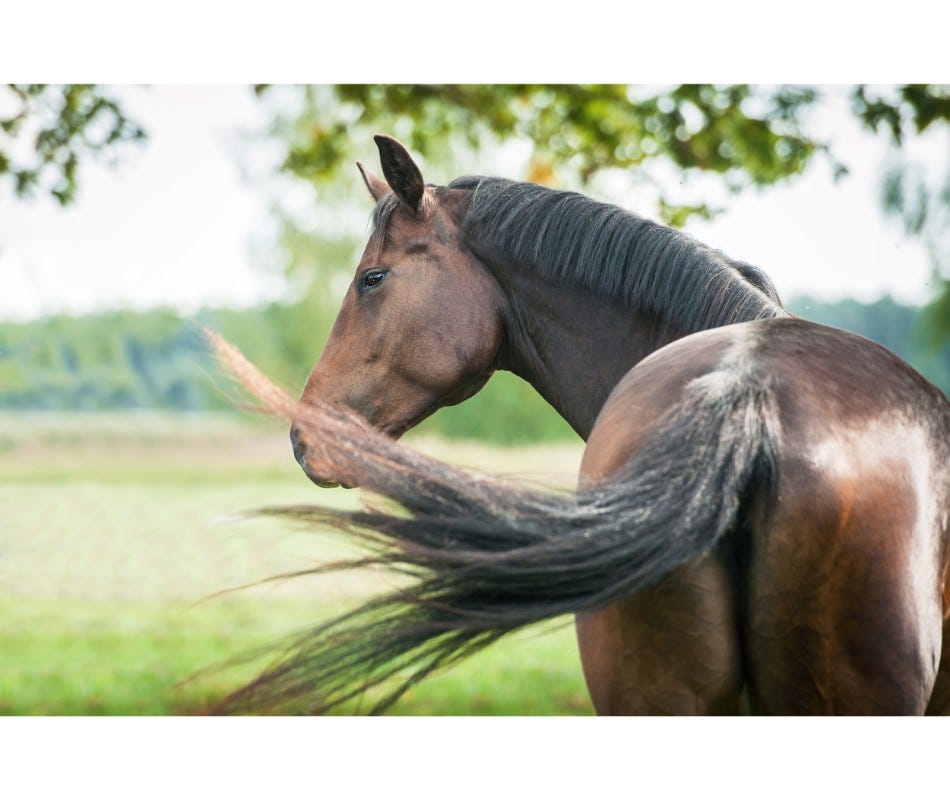
Validate your login